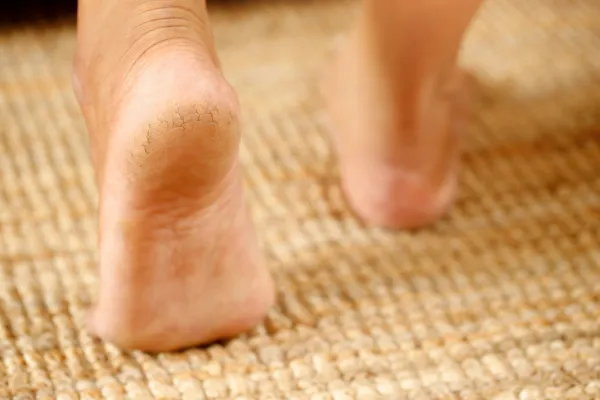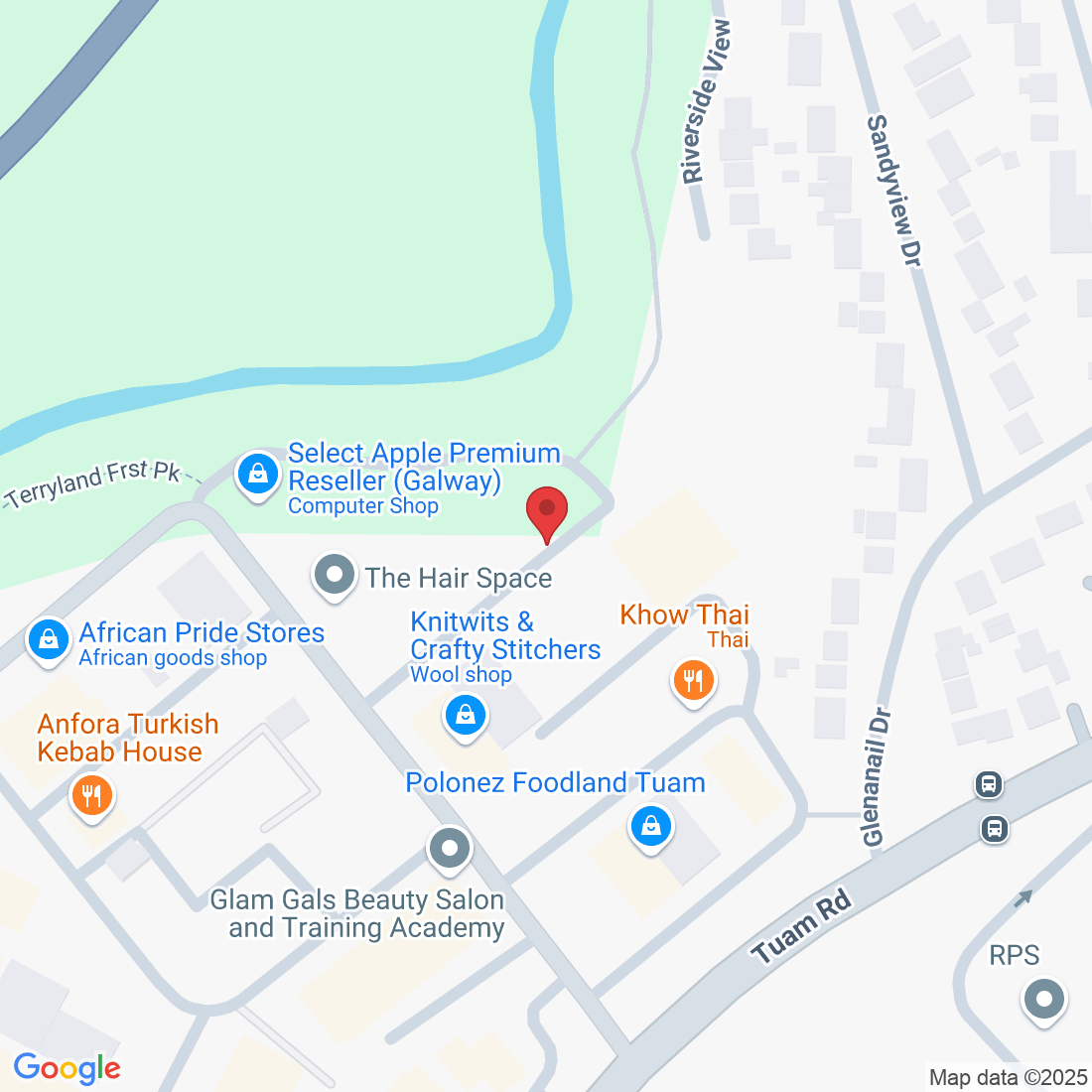
Cracked Heels and Dry Feet: Is It Just Cosmetic or a Sign of a Bigger Problem?
We’ve all been there. You slip off your shoes, glance at your heels—and cringe. Dry, cracked skin staring back at you. It’s tempting to file it away as “just cosmetic.” But here’s the truth: sometimes it is, and sometimes it’s your body waving a red flag.
Let’s take a closer look at what those rough, flaky heels might be trying to tell you.
First Things First: What Causes Cracked Heels?
Cracked heels happen when the skin around the edge of your heel becomes dry, thick, and less elastic. With every step, pressure makes the skin split—kind of like a dry loaf of bread.
Here are a few common triggers:
Standing or walking for long hours, especially on hard floors
Wearing open-backed shoes or flip-flops
Cold weather and low humidity
Not moisturising your feet regularly
Medical conditions like diabetes, eczema, or psoriasis
So yes—cracked heels can look bad. But it’s not just about looks.
When It’s More Than Dry Skin
Here’s the thing: sometimes cracked heels are just a nuisance. Other times, they’re a symptom of something bigger.
Watch for these warning signs:
Pain or bleeding: This suggests the cracks are deep and may be infected.
Itching or burning: Could point to a fungal infection or dermatitis.
Swelling or redness: Might be a sign of infection needing medical care.
Recurring cracks: Could mean your foot mechanics or skin condition needs more than lotion to fix.
If any of these sound familiar, it’s worth chatting with a foot pain specialist in Limerick who can figure out what’s going on—and what can be done.
The Role of a Foot Pain Specialist
At Peak Podiatry, we see cracked heels all the time. Some are mild, some are severe, and many are somewhere in between.
Here’s how we can help:
Assess the cause: Is it pressure? Dry skin? A deeper skin issue? We’ll pinpoint the problem.
Treat the cracks: Safely remove hard skin, apply the right creams, and if needed, treat infection.
Fix the root issue: Whether it’s poor footwear, posture, or a health condition, we’ll guide you on next steps.
Prevention tips: We’ll show you how to keep those heels healthy long-term.
The best part? Most cases improve fast with the right care and advice.
At-Home Tips That Actually Work
Here’s what you can do right now:
Moisturise daily – Use a thick heel balm, ideally after a shower.
Avoid barefoot walking on hard floors – Especially if you already have dry skin.
Gently exfoliate – Use a pumice stone once or twice a week.
Wear supportive shoes – Ditch the flimsy flip-flops and go for something that cups your heel.
Drink water – Hydrated skin starts from the inside out.
But remember: if your heels are painful, bleeding, or not improving—don’t wait. It’s time to get them checked.
When to Book a Visit
Cracks that just won’t heal. Skin that splits no matter how much cream you use. Constant pain. These are your cues to come see us.
Based in Limerick? Our foot pain specialists at Peak Podiatry are here to help. We’ll get your feet back to smooth, pain-free—and confidence-boosting—one step at a time.
Ask Robert And His Team
Fill in the form to request a Call From Our Team
Fill in the form to request a Call From Our Team
One of our team will call you for FREE and answer any questions or concerns you may have about your Foot Pain.
One of our team will call you for FREE and answer any questions or concerns you may have about your Foot Pain.
© Copyright 2022. Peak Podiatry All rights reserved.





